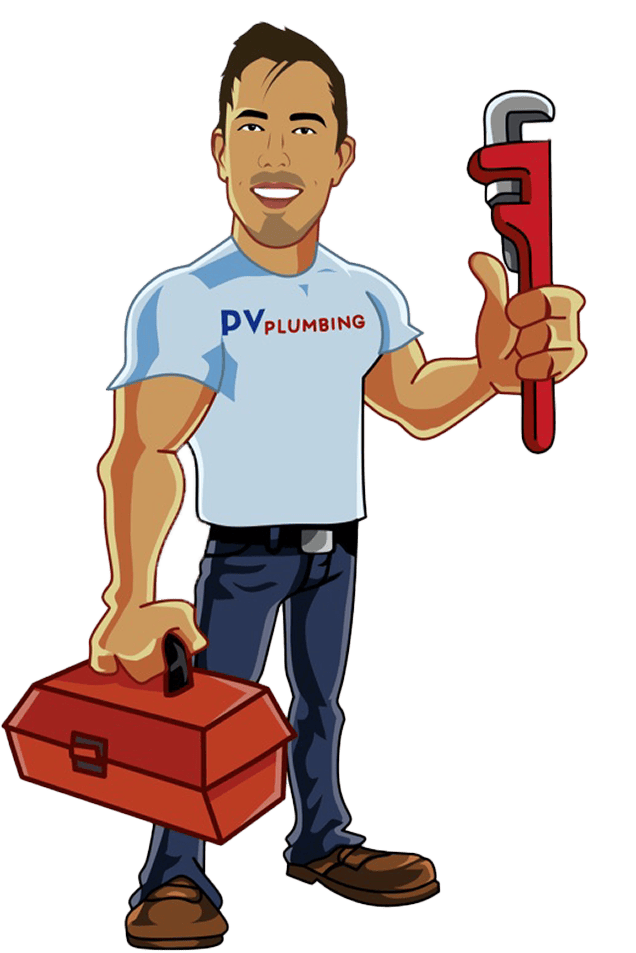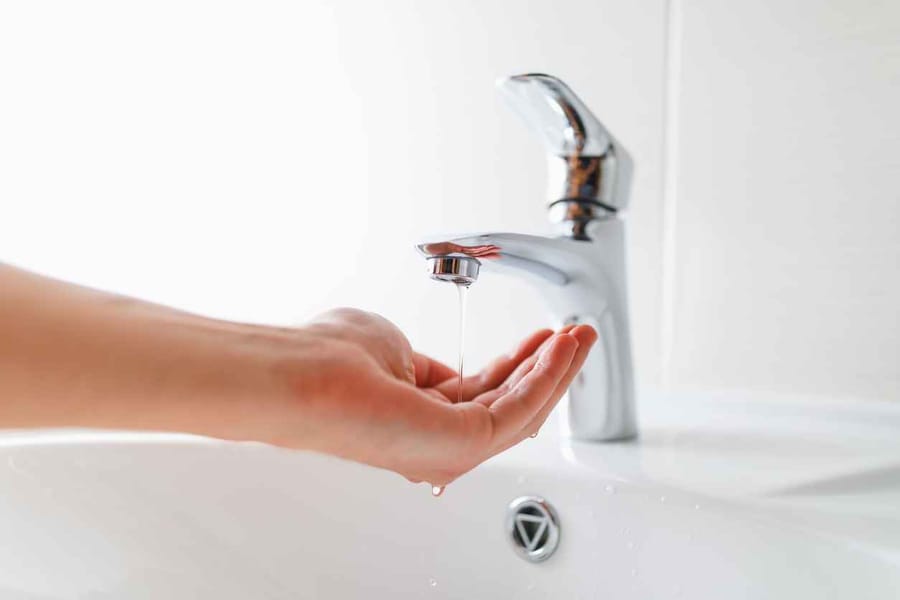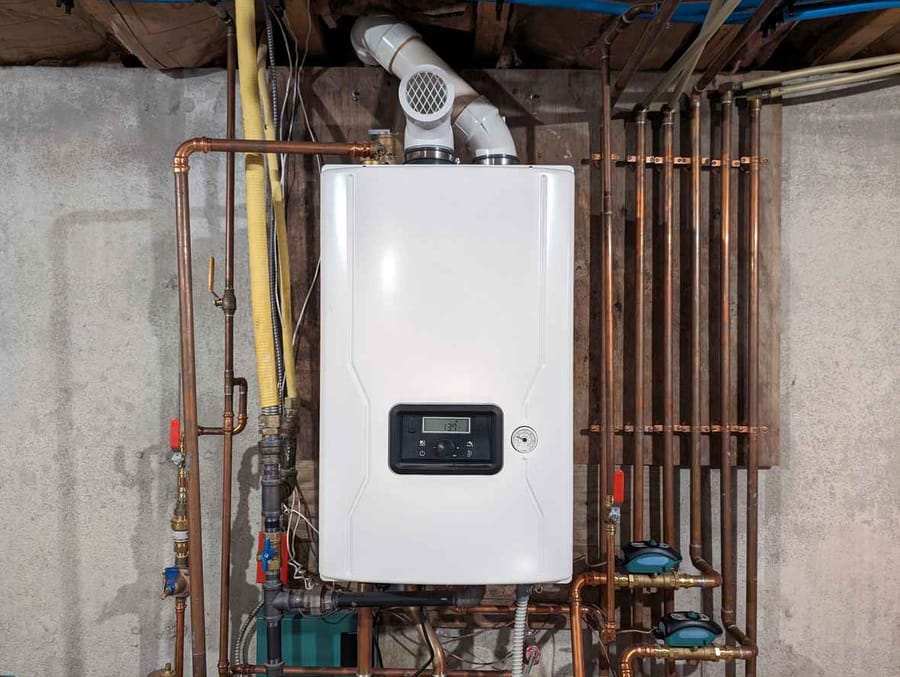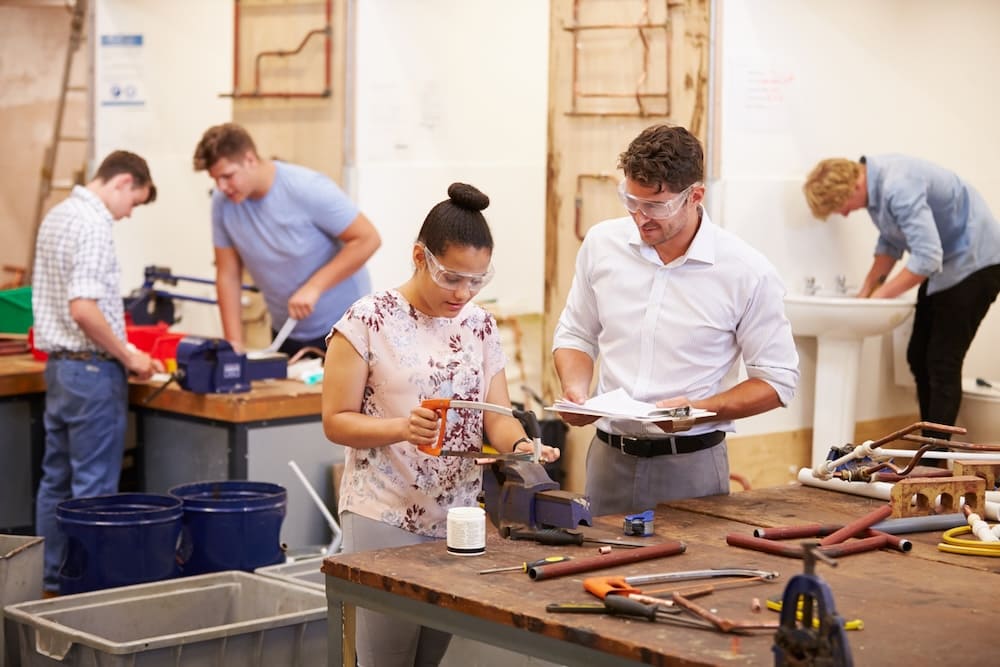Proudly serving Ponte Vedra, FL. and Surrounding Areas
Is Tap Water Safe to Drink?

Tap water is one of those everyday things we rarely think twice about—until it tastes funny, looks cloudy, or leaves a white film on your dishes. For many homeowners, water safety is something that feels automatic. After all, it’s regulated, treated, and tested by your local municipality. But the truth is, what’s coming out of your faucet may not always be as clean or clear as you think.
Municipal treatment only tells part of the story. By the time water travels through old infrastructure, private service lines, and the plumbing inside your home, it may pick up minerals, bacteria, or contaminants that affect taste, safety, or performance. At PV Plumbing, we’ve helped countless homeowners take a closer look at their tap water—and discover how simple upgrades can lead to better-tasting, better-feeling water every day.
Understanding Tap Water Safety
Most public water systems are held to strict federal and state standards. In the U.S., municipal water is regulated by the Environmental Protection Agency (EPA), which sets limits on more than 90 contaminants, including lead, nitrates, bacteria, and chlorine. This treated water must meet these standards before it ever reaches your meter.
What Makes Tap Water “Safe”?
- Disinfection. Chlorine or chloramine is used to kill bacteria and viruses.
- Filtration. Sediment and organic material are removed at treatment plants.
- Monitoring. Utilities are required to test water regularly and publish quality reports.
In most areas, this process results in water that’s legally safe to drink straight from the tap. But “safe” doesn’t always mean ideal—especially when it comes to what happens inside your home’s plumbing system.
Why “Safe” Doesn’t Always Mean “Ideal”
- EPA limits are based on acceptable risk, not necessarily optimal health outcomes.
- Older homes may have corroded pipes or lingering biofilm.
- Taste, odor, and mineral content aren’t always regulated—yet they still affect your daily experience.
Common Issues Homeowners Notice With Tap Water
Even if your local utility meets EPA standards, water can change by the time it reaches your tap. The condition of your home’s plumbing, the age of your water heater, or the presence of minerals can all influence how your water looks, tastes, and performs.
Signs Something Might Be Off
Homeowners often notice symptoms that suggest their tap water isn’t performing the way it should:
- Cloudy or discolored water. This could indicate sediment, rust, or pipe corrosion.
- A chlorine or metallic taste. A sign of heavy disinfection chemicals or aging pipes.
- Limescale on fixtures or dishes. Caused by high calcium or magnesium content—an indicator that a water softener may be beneficial.
- Dry skin or dull hair. Often linked to hard water or chemical-heavy tap water.
What These Symptoms Might Indicate
- High mineral content can reduce appliance efficiency and create buildup inside your plumbing system.
- Rusty or brownish water may come from corroded galvanized pipes or old fittings.
- Unpleasant taste or odor could point to water heater sediment, aging pipes, or even bacterial biofilm in little-used lines.
At PV Plumbing, we help homeowners connect the dots between these signs and what’s really happening inside their systems. Many of the symptoms above aren’t “emergencies,” but they are opportunities to improve your water quality, protect fixtures, and avoid more serious issues down the line.
What’s In Your Pipes Still Matters
Even if your city provides treated, regulated water, the plumbing inside your home plays a major role in the quality of what comes out of the tap. Water may be “safe” when it leaves the treatment plant, but by the time it flows through your pipes, water heater, and faucets, it can pick up additional contaminants—or lose some of its quality along the way.
Even “Clean” Water Can Pick Up Contaminants in the Home
- Aging galvanized or corroded pipes. These can release rust or sediment into otherwise clean water.
- Stagnant or underused plumbing lines. Biofilm or bacteria may build up inside pipes that haven’t seen regular flow.
- Outdated fixtures and water heaters. Scale, sediment, or bacterial growth in a neglected water heater can affect taste and safety.
These problems don’t usually show up on a city water report—but they show up in your glass, on your skin, and in your appliances. That’s where working with a trained plumbing team can make all the difference.
Professional Testing and Inspection Make a Difference
At PV Plumbing, we go beyond water quality reports. Our licensed technicians evaluate the full path your water takes—from entry point to endpoint—checking for inefficiencies, hidden buildup, and opportunities to improve safety and taste.
Depending on your home and goals, we may recommend:
- In-home water testing to check mineral levels or identify potential contaminants.
- Water heater inspection or flushing, especially if it hasn’t been serviced in several years.
- Targeted upgrades, including water filtration systems, smart water systems, or fixture replacements, to reduce buildup and improve taste.
How PV Plumbing Helps Protect Your Water
Understanding what’s in your water is only half the battle. The next step is addressing it in a way that’s smart, effective, and customized to your home. At PV Plumbing, we combine expert testing with practical solutions that not only improve your water quality—but also extend the life of your plumbing system and appliances.
Our Process for Safer, Cleaner Water
Every home is different, which is why we don’t rely on guesswork. When a homeowner has concerns about water safety, our process starts with a thorough evaluation and ends with real improvements that make a difference you can feel.
Here’s what we typically include in a full water quality service:
- On-site testing and analysis: We assess mineral levels, clarity, and signs of contamination.
- Water heater inspection and flushing: Removing sediment can improve taste and efficiency.
- Fixture and pipe review: We look for signs of corrosion, buildup, or materials that could affect safety.
- Custom system recommendations: Depending on your needs, we may suggest water softeners, filtration, or pipe repair.
Trusted Plumbing Solutions Start With Education
We don’t believe in pushy upgrades or one-size-fits-all fixes. Instead, our goal is to help homeowners understand their water and make informed decisions about what’s right for their home and their family.
That’s why our licensed professionals take the time to explain your options, show you what’s going on inside your system, and offer solutions that are backed by years of training and hands-on experience.
Safe Water Starts at the Source—and at Home
Your water may be treated by the city, but it travels through miles of underground pipes—and ultimately through your own plumbing system—before it ever reaches your faucet. Even if it meets federal safety standards, that journey can introduce minerals, corrosion, and bacteria that impact your home’s water quality.
That’s why it pays to think beyond the water bill or city water report. A licensed plumber plays a key role in identifying the unseen factors that affect the safety, taste, and performance of your tap water. With the right testing, inspection, and upgrades, you can improve not just your plumbing system—but your everyday comfort, too.
Concerned about what’s in your tap water?
Call PV Plumbing at (904) 392-7967 to schedule a water quality consultation. We’ll help you understand what’s coming out of your faucet—and how to make it better for your home and your health.
Schedule your Worry-Free Service Today







